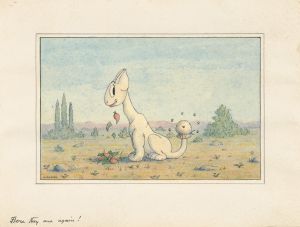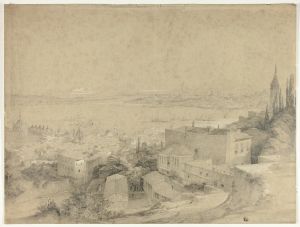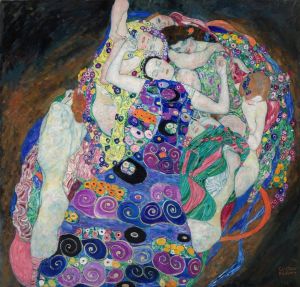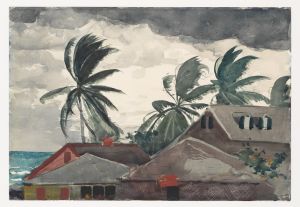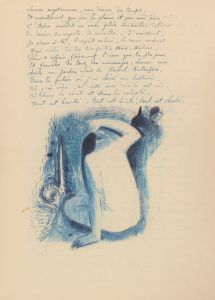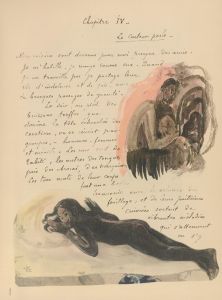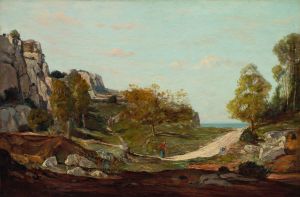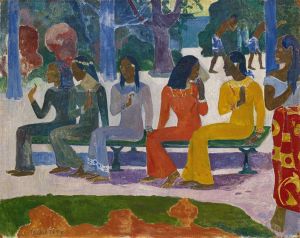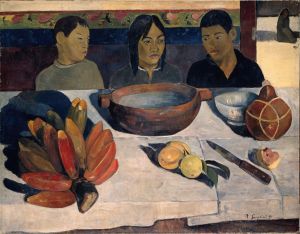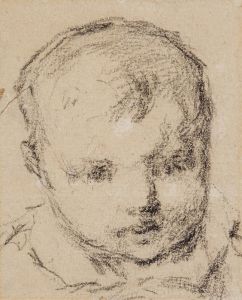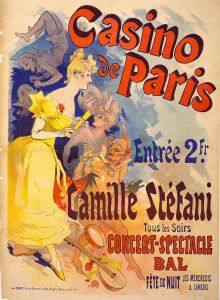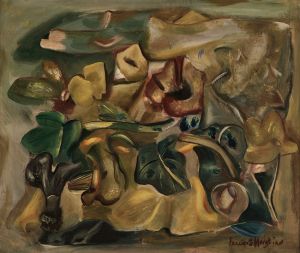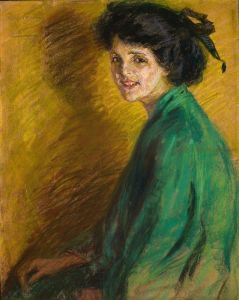
Maruru
A hand-painted replica of Paul Gauguin’s masterpiece Maruru, meticulously crafted by professional artists to capture the true essence of the original. Each piece is created with museum-quality canvas and rare mineral pigments, carefully painted by experienced artists with delicate brushstrokes and rich, layered colors to perfectly recreate the texture of the original artwork. Unlike machine-printed reproductions, this hand-painted version brings the painting to life, infused with the artist’s emotions and skill in every stroke. Whether for personal collection or home decoration, it instantly elevates the artistic atmosphere of any space.
Paul Gauguin's painting "Maruru" is one of the works that exemplifies his fascination with the culture and landscapes of Tahiti, where he spent a significant part of his later life. Gauguin, a French post-impressionist artist, is renowned for his bold use of color and synthetist style that set him apart from his contemporaries. His time in Tahiti was marked by a quest to escape European civilization and immerse himself in what he perceived as a more primitive and pure society.
"Maruru," which translates to "thank you" in Tahitian, reflects Gauguin's deep engagement with the local culture and his attempt to capture the essence of Tahitian life. The painting is characterized by its vibrant colors and the depiction of Tahitian figures, which are common themes in Gauguin's work from this period. Gauguin's Tahitian paintings often feature native women, lush landscapes, and elements of Tahitian mythology and daily life, all rendered in his distinctive style that combines flat planes of color and bold outlines.
Gauguin's approach to art was heavily influenced by his desire to break away from the conventions of Western art. He sought inspiration from what he considered more "primitive" cultures, believing that they offered a more authentic and uncorrupted form of expression. This philosophy is evident in "Maruru," where Gauguin employs a simplified form and vivid palette to convey a sense of emotional depth and spiritual resonance.
The painting is part of a larger body of work that Gauguin produced during his first and second stays in Tahiti, from 1891 to 1893 and from 1895 until his death in 1903. During these years, Gauguin created some of his most famous works, including "Where Do We Come From? What Are We? Where Are We Going?" and "Spirit of the Dead Watching." These works, like "Maruru," are celebrated for their innovative use of color and form, as well as their exploration of themes related to life, death, and the human condition.
Gauguin's time in Tahiti was not without controversy. His relationships with the local people, particularly his interactions with young Tahitian women, have been the subject of much scrutiny and criticism. Additionally, his romanticized portrayal of Tahitian life has been critiqued for its lack of authenticity and for perpetuating colonial stereotypes. Despite these controversies, Gauguin's Tahitian paintings remain influential in the art world, admired for their bold aesthetic and their role in the development of modern art.
"Maruru" and other works from Gauguin's Tahitian period continue to be studied and exhibited in major museums around the world. They offer insight into Gauguin's artistic vision and his complex relationship with the cultures he sought to depict. Through these paintings, Gauguin left a lasting legacy that continues to provoke discussion and inspire artists to this day.





